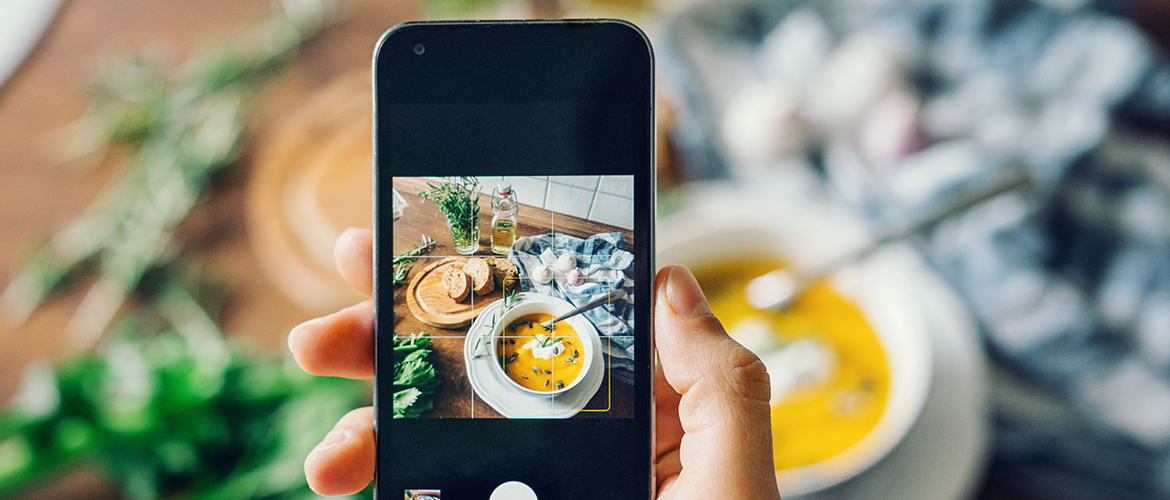A feast for your eyes. An appealing image conveys the taste of the foods we love. When creating images, color, composition and content go a long way to entice the eye and make the mouth water. A picture may be worth a thousand words. It could be worth a thousand flavors as well.
Up your social media game with these simple tricks for #DairyAmazing food photos – photos that will help you tell a story, delight the senses and engage your audiences.
Start with these five tips for making the natural colors, textures and shapes of food come alive.
- Light – Natural light is best. Try positioning a table near a window and using the natural light to illuminate your food. Or take your photoshoot outside on a warm overcast day – the clouds act like a natural diffuser of the light, creating soft shadows and subtle depth. If you must shoot at night, invest in a photography light.
Picture by: Sarah Ryan, MS, RDN, LD | Mary’s Chicken and Dumplings
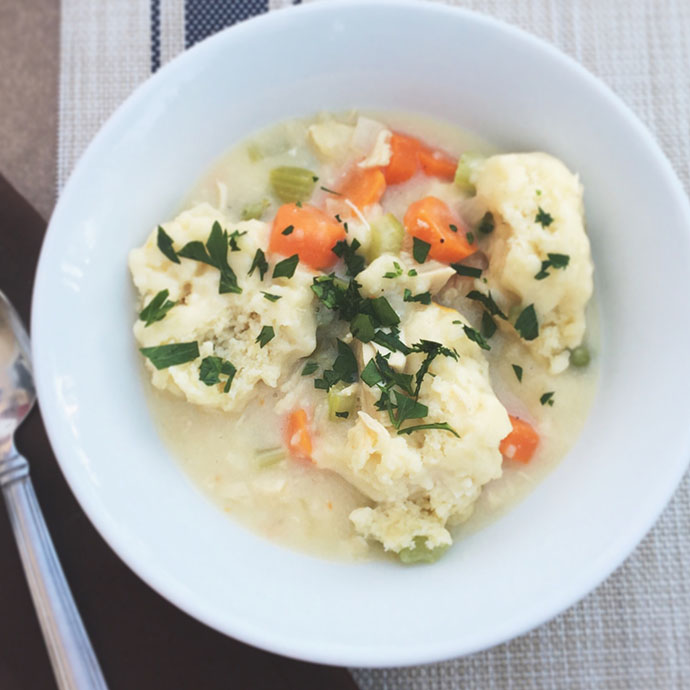
- Angles – If the food is arranged on a plate or in a bowl, taking photos from above is often the best choice. Shooting from the side at eye level allows for details, such as layers on a cake, while shooting at an angle allows both the side and top to be visible, capturing the three-dimensional shape of the food. Play with angles, looking for the best way to capture the featured subject.
Picture by: Jenna Allen, MS, RDN | Smoothie Bowl: Endless Possibilities
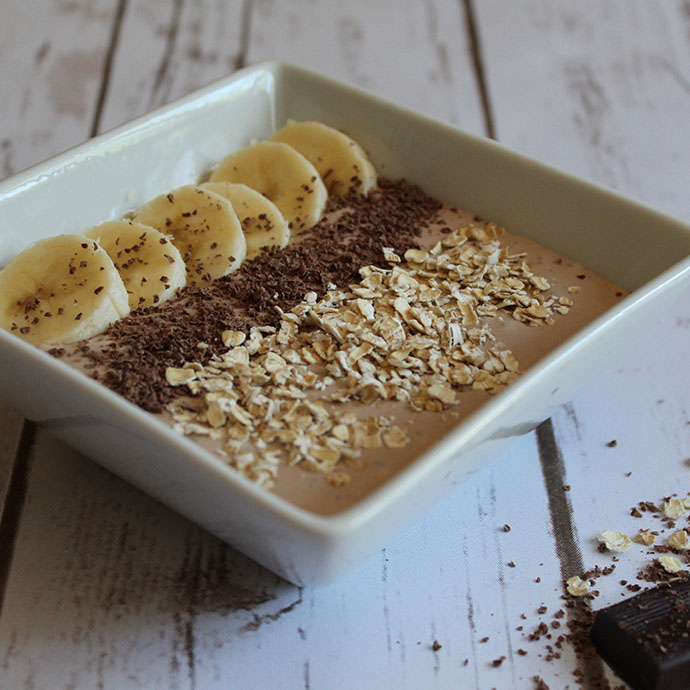
- Composition – Think of your food or recipe as a work of art, carefully arranging each element in a neat or unique way to create balance and peak interest. Play with taking close-up photos of your food and taking photos farther away, leaving space around your subject – each provides a different perspective and emphasis.
Picture by: Jenna Allen, MS, RDN | Apple Maple Brown Sugar Quinoa Breakfast Bowl
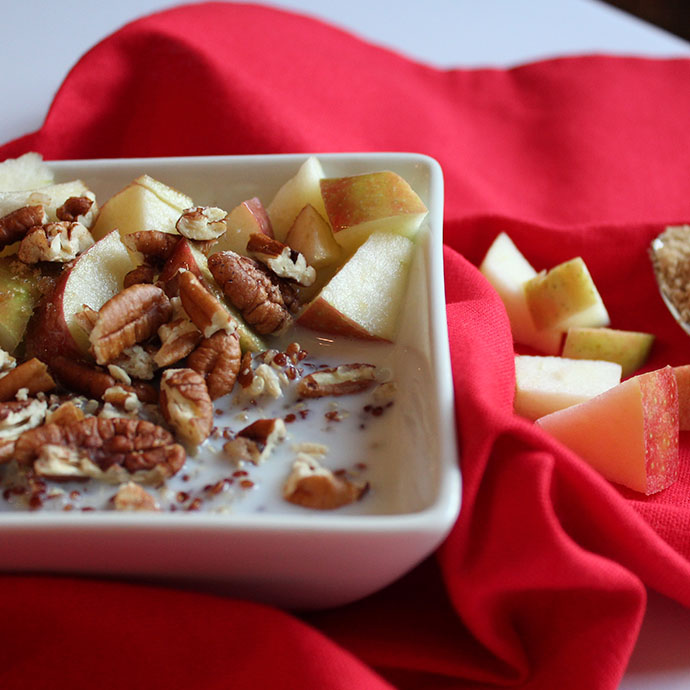
- Backgrounds – Keep it simple so your recipe is the center of attention – too busy or colorful and the eye naturally goes to the background and not your food. Wooden cutting boards, a wood table or a wood-textured backdrop tend to look good with most foods. Other cheap and easy backgrounds include tiles, an old baking sheet or wok, parchment paper, a chalkboard or even a black or white foam board.
Picture by: Jenna Allen, MS, RDN | Smoothie Bowls
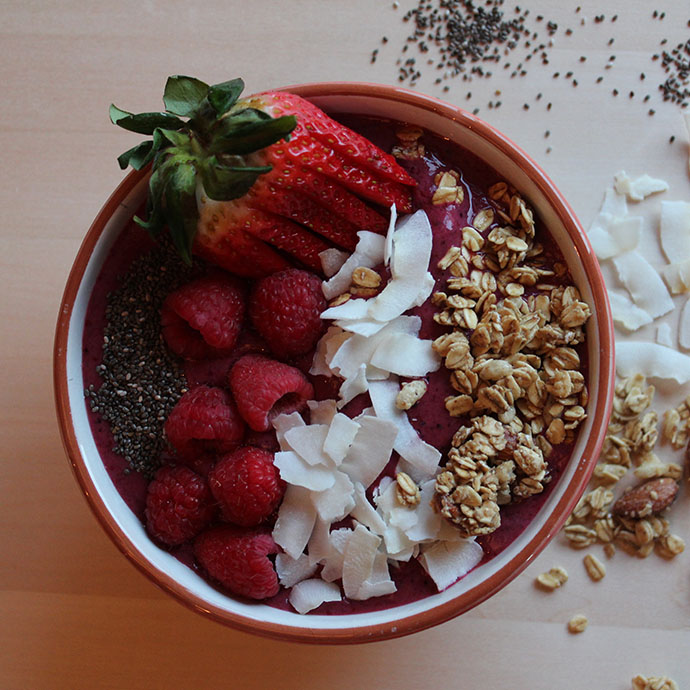
- Props – Choose props that add interest to your food. Try using white dishes to draw attention to the food you are featuring, and then add interest to your photos with additional items such as cutlery, cooking utensils, measuring cups, individual ingredients or spices, flowers or leaves, a placemat, tablecloth or a cloth napkin. Don’t go overboard – often simple is better. Think about what props will help you create the story you are trying to tell.
Picture by: Sarah Ryan, MS, RDN, LD | All Butter Pie Crust
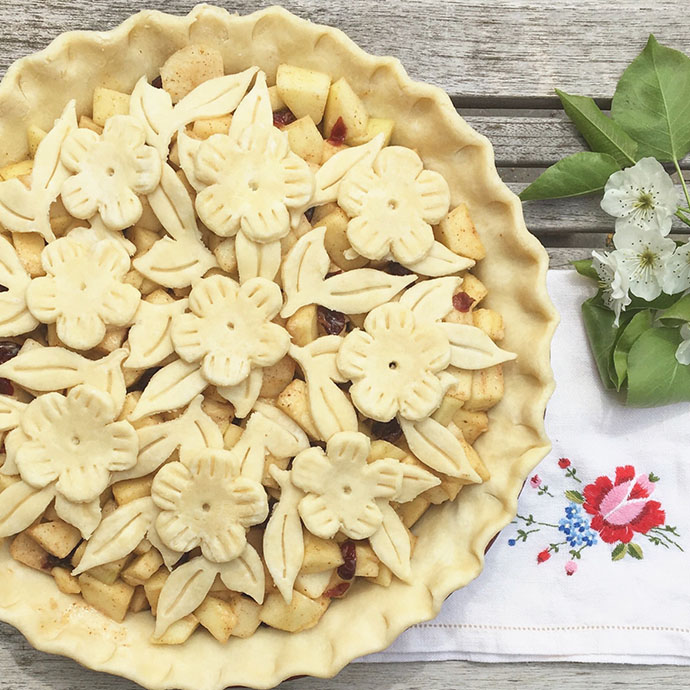
After all, a picture is worth a thousand words.
For #DairyAmazing recipes to inspire more creating and cooking at home, visit DairyDiscoveryZone.com.

